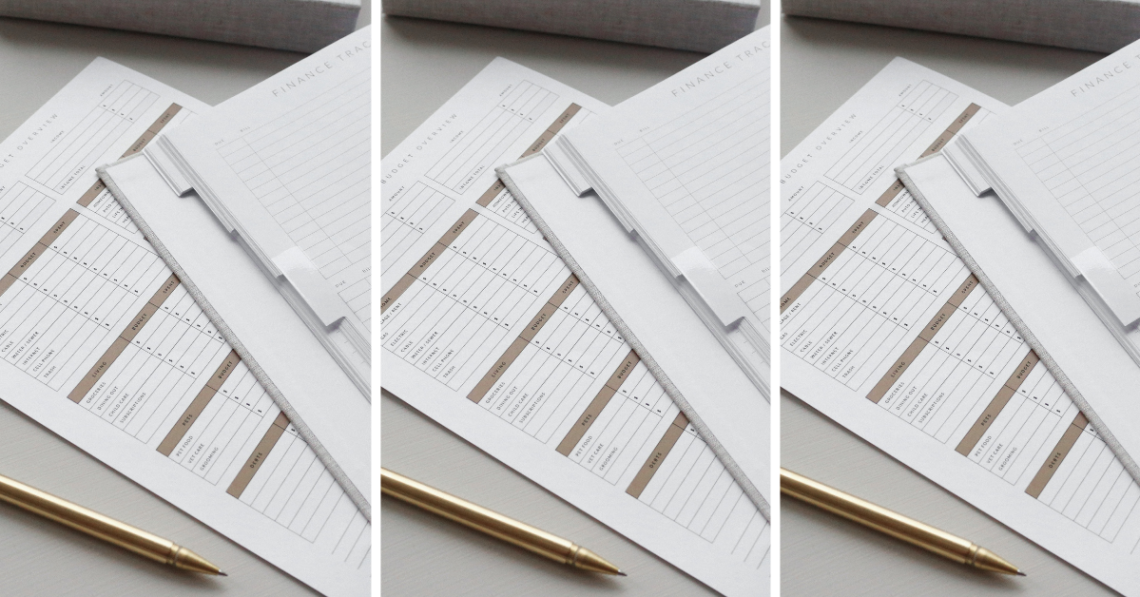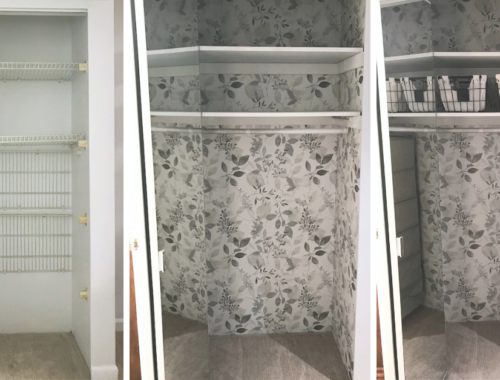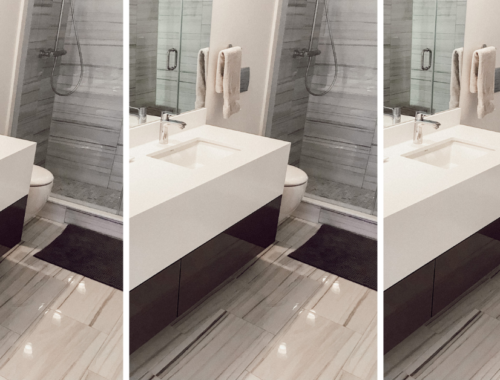
How to Make a Monthly Budget: Step-by-Step Guide for Beginners
In this blog post, I’ll share a step-by-step guide that will help you learn how to make a monthly budget!
Whether you’re in your teens, 20s, 30s, or 40s, having a budget is very important to be financially responsible and reach your goals! It’s never too late to start budgeting.
If you’ve never had a budget before, or are looking to set up a new budgeting system that will be sustainable long-term, then this post is for you. I’ll walk you through the steps you need to get started with budgeting!
This post is all about how to make a monthly budget!
6 Steps to Create Your Monthly Budget
1. Reflect on your goal
Budgeting can be tedious, fun, rewarding, and challenging all at the same time. Before you dive into budgeting, I think it’s important to reflect on what you’re trying to achieve. Your goal may depend on your stage of life! For some, the goal may be to become debt free. For others, it may be working towards financial freedom to retire early. Whatever your goal is, write it down and revisit it often to keep you motivated.
2. Decide on your tracking tool
Budgeting requires a really thorough understanding of your incoming earnings and outgoing costs. So, you need to figure decide what tool or method you’re going to use to track your money! I’m not here to tell you exactly what tool’s best for you, because everyone’s different. Consider a few options:
- Manual tracking. I use an excel spreadsheet to track my spending manually, because I like reviewing everything myself and making sure it’s tracked the way I want.
- Apps. If manual tracking sounds like way too much work or you know you’d never keep up with it, there’s lots of free apps out there like Mint that will keep track of your spending automatically for you. Mint has lots of other cool features too, like alerts when you’re going over budget in a category.
3. Track everything you spend & earn for 2 to 3 months
After you’ve decided what tool you’re going to use, the next step is to track yourself for 2-3 months! Tracking is key to understand your current financial situation before you set a budget! In this stage, you don’t need to change anything about your spending habits – just simply track how you’re spending and earning your money.
The reason I recommend you do this for 2 to 3 months is because your costs can fluctuate, so looking at just one month may not give you an accurate picture of your spending and earning patterns.
Make sure to track all your sources of spending (credit card, e-transfer, cash, debit, etc) and track every dollar, whether it’s a $2 coffee, or $150 at a grocery store. Also, don’t forget to track all sources of income (payroll deposits, other side hustle income, etc). Tracking everything is really important to give you an accurate picture of your financial situation!
4. Review and categorize
Once you’ve tracked all your spending for a few months, it’s time to sit down to review and categorize all of your costs. I usually break down my costs by fixed (ex. bills, rent, and recurring monthly costs), and fluctuating costs (ex. groceries, entertainment, travel).
Calculate the totals for each of your categories each month. While you review, think about the following:
- What habits or trends do you notice?
- Are you spending way more or way less than you thought in a certain category?
- Were you surprised to see how much your different subscriptions added up to?
- What did you spend money on that brought you value or joy?
- What did you spend money on that did not bring you value joy?
Reflecting on these questions will help you decide on your budget in the next step!
5. Set your budget for each category
Now, it’s time to decide on a budget for each of your categories!
Here’s some tips to consider:
- Saving goals come first. You need to prioritize savings first, then budget what’s leftover. Get specific with your savings goals. Don’t just say “I want to save for a down payment”. Choose a more specific goal like “I want to save $5000 this year for a down payment”. That means you’d need to put aside $417 per month, so make sure to include that amount in your budget!
- Focus on conscious spending. I learned about conscious spending in the book I Will Teach You To Be Rich. Basically, the idea is that if you’re spending $50 per month on coffee but it brings you absolute joy, then you should continue spending on your coffee and cut back somewhere else in your budget. But, if it’s just a habit that doesn’t really bring you joy or improve your life in some way, then this is an area you should cut back on!
- Be realistic. If you are currently spending $150 per month on dining out, it’s probably not realistic to set a budget of $50. Drastic changes to your lifestyle will be hard to keep up, so try to cut back gradually in areas you want to reduce your spending. Use your tracking from the past 2-3 months to guide you when setting your budget.
6. Continue tracking & re-evaluating
Once you’ve set up your budget, it’s important to keep tracking your incoming/outgoing money. I highly recommend doing a monthly budget review to keep yourself accountable. You may need to make a few tweaks to your budget, especially in the first few months.
It’s also important to revisit your budget often especially when because life circumstances and goals change. You may move apartments, which can cause your rent or other fixed expenses to change! Or, you may get a raise and be able to increase your savings targets.
This post was all about how to make a monthly budget!
Other posts you’ll love:
You May Also Like

11 Inexpensive Ways to Update Your Home
June 4, 2023
11 Genius Small Bathroom Organization Ideas
August 15, 2021


